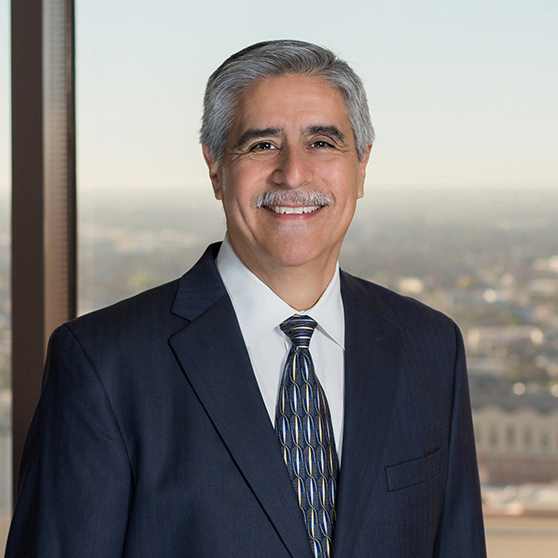The long-awaited revision to the Fair Labor Standards Act (FLSA) regulations relating to salary and compensation thresholds were announced March 7, 2019, in the Department of Labor’s Notice of Proposed Rulemaking (NPRM). The NPRM comes more than two years after the DOL was enjoined by the federal court in the Eastern District of Texas from implementing and enforcing the rules promulgated in 2016 which were found to be invalid. In the NPRM, the DOL proposes to formally rescind the 2016 final rule and update the 2004 final rule.
The NPRM proposes to update the 2004 final rule by:
- raising the salary threshold for executive, administrative, and professional exempt employees (EAP) and employees in computer-related occupations from $455 to $679 per workweek (exclusive of board, lodging, or other facilities);
- raising the total annual compensation threshold for Highly Compensated Employee (HCE) from $100,000 to $147,414 per year (exclusive of board, lodging, and other facilities or payments for medical insurance, payments for life insurance, contributions to retirement plans, and the cost of other fringe benefits);
- allowing the use of nondiscretionary bonuses and incentive payments to satisfy up to 10 percent of the standard salary threshold; and
- allowing a “catch up” payment in the event the employee does not receive enough in nondiscretionary bonus and incentive payments to meet the salary requirement.
The raising of the EAP salary threshold is projected by the DOL to affect the exempt status of approximately 1.1 million workers, whereas changes to the HCE annual compensation threshold is estimated to affect approximately 200,000 workers. The DOL’s analysis explains that the industries most affected by the proposed changes will be in education and health services—approximately 293,000 employees—and that the most affected occupations would be in management, business, and financial positions.
Nondiscretionary Bonuses, Incentive Payments, and One Final Payment
In an effort to allow companies flexibility in compensating employees and still satisfy FLSA’s compensation thresholds, the new rule will allow employers to include nondiscretionary bonuses, incentives, and commissions in an amount up to 10 percent of the compensation paid to an exempt employee to meet the exemption’s compensation requirements. These nondiscretionary bonus, incentive payments, and commissions must be paid on at least an annual basis, but can also be paid periodically during the compensation year. The compensation year, under the new rule, is described as a “52-week year” that is designated by an employer (e.g. calendar year, fiscal year, period starting on the employment anniversary date).
The new rule also anticipates the possibility that compensation from nondiscretionary bonuses, incentives, and commissions could be affected by unexpected circumstances. The rule will allow employers to meet the exemption compensation threshold by making one final payment in the event the compensation from nondiscretionary bonuses, incentives, and commissions is insufficient to meet the compensation threshold ($35,308 for EAP employees; $147,414 for HCE workers). The final payment must be an amount that brings up the employee’s compensation to meet the required compensation threshold. Also, the final payment counts only toward the previous year’s compensation and not the year in which the final payment is made. Additionally, in relation to EAP employees, the final payment must be made no later than the next pay period after the expiration of the previous compensation year, whereas, for HCE, the final payment must be made within one month after the end of the previous compensation year.
Future Updates to Earnings Thresholds
The new rule eliminates the language of the 2016 rule relating to automatic updates to the earnings thresholds. In an effort to avoid another inordinate lapse of time between reviews, the DOL committed to reviewing earnings thresholds every four years utilizing the same notice-and-comment rulemaking process resulting in the NPRM announced March 7, 2019. The DOL did not include this commitment in the new rule, however it did include language in the NPRM it would use if it were to codify its commitment to review the salary thresholds every four years.
Projected Effective Date
The rule will become effective 60 days after publication of the NPRM in the Federal Register. Publication date in the Federal Register is uncertain at this time, however the DOL anticipates that the proposed rule will become effective in 2020. Keep an eye out for further information.
Comments Invited by the DOL
The DOL is soliciting comments from the public regarding how best to implement these updates. The link to the full NPRM can be found here. Comments can be submitted through the Federal eRulemaking Portal or by mail addressed to Melissa Smith, Director of the Division of Regulations, Legislation, and Interpretation, Wage and Hour Division, U.S. Department of Labor, Room S-3502, 200 Constitution Avenue, N.W., Washington, D.C. 20210.
 Meet Rick
Meet Rick
Richard G. Garza leads the labor and employment group in Jackson Walker’s San Antonio office. Board certified in Labor and Employment Law by the Texas Board of Specialization, Rick’s practice focuses on representing employers in all aspects of employment-related matters, including formulating and drafting employment contracts and policies and representing employers in administrative/investigation proceedings, state and federal trial and appellate courts. In recognition of his work as a labor and employment litigator, he was named among The Best Lawyers in America in 2019 and has been included in the “Best S.A. Lawyers” list by San Antonio Scene since 2007.
The opinions expressed are those of the author and do not necessarily reflect the views of the firm, its clients, or any of its or their respective affiliates. This article is for informational purposes only and does not constitute legal advice.
 Meet Rick
Meet Rick